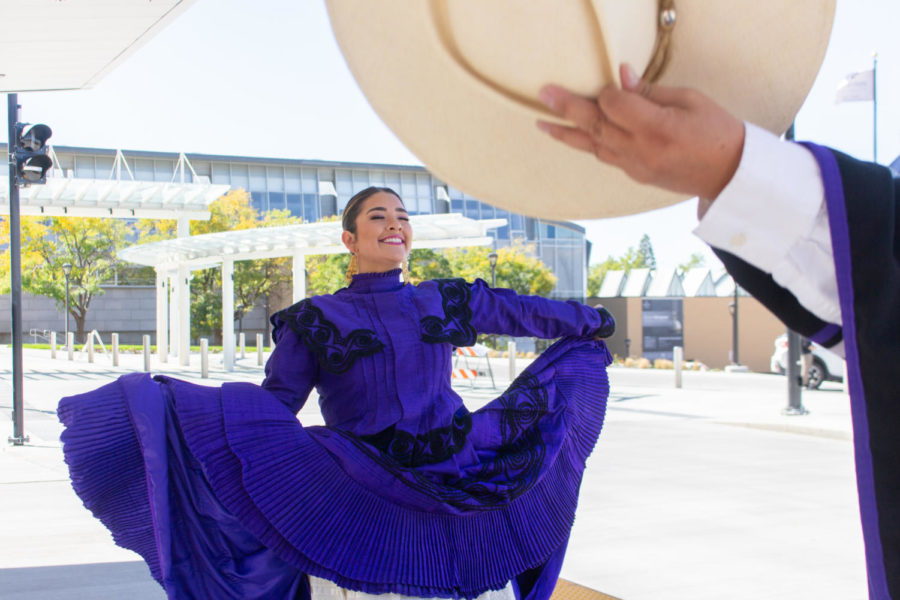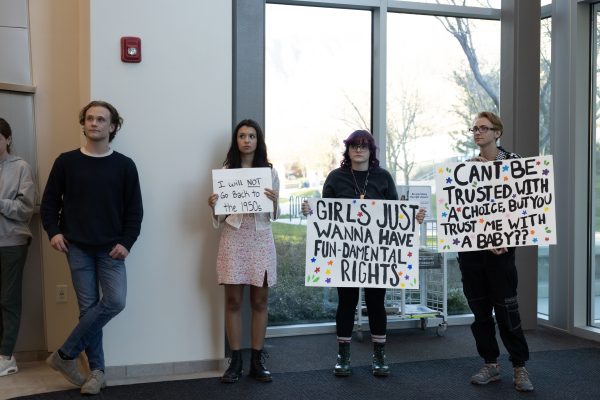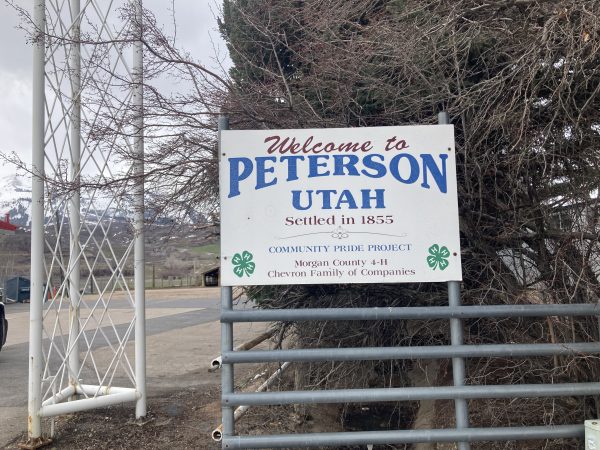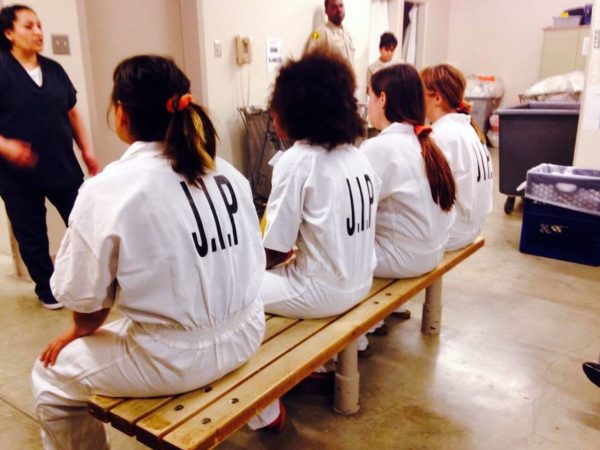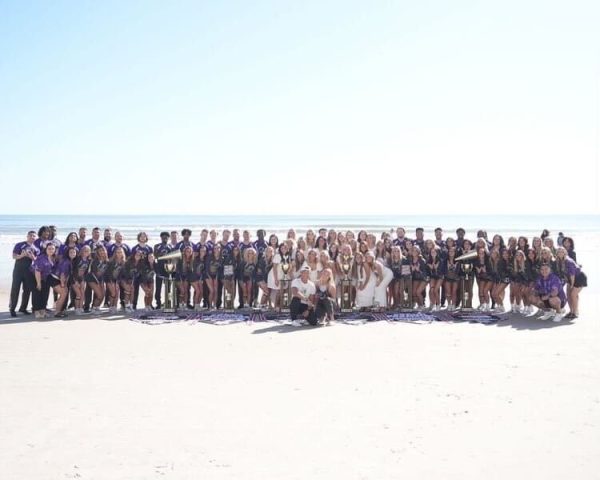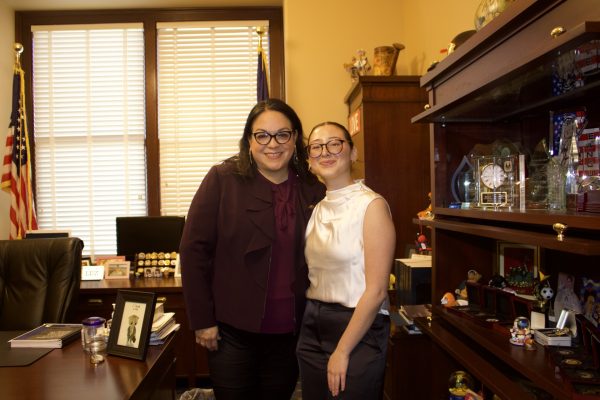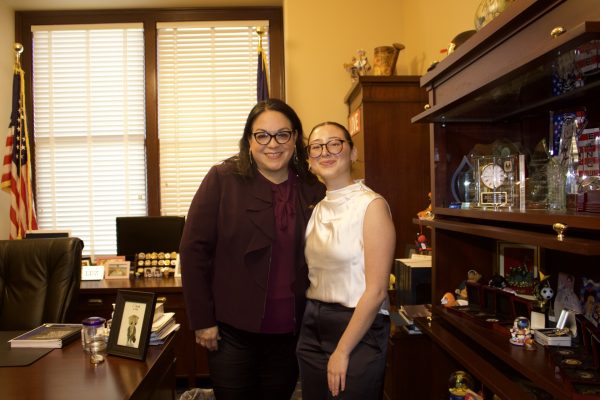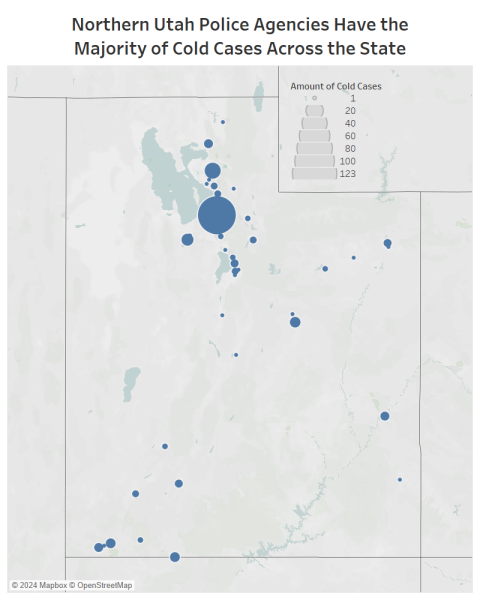Dancing in the streets
To start off the celebration of Hispanic Heritage Month, Weber State University’s Ogden campus was covered with dancers sharing their own cultures with students through flash mobs.
Over the summer and leading up to the month of October, the Center for Multicultural Excellence met multiple times to plan for this year’s Hispanic Heritage Month.
“I was thinking along the lines of dancing and what we could do with a dance,” WSUSA Hispanic Senator, Rachel Asencio, said. “I wanted to do something with a flash mob because if we just started dancing, people would turn around and look.”
On Sept. 29, Graciela Duenaz represented her Mexican culture by dancing Ballet Folklorico on a red wooden block.
Duenaz wore jewelry and hair accessories in colors that represented Mexico. Her dress was white with a black apron wrapped around her waist and she used a red scarf in her dances.
For Duenaz’s flash mob performance, she started her Ballet Folklorico dance in the Shepherd Union building at 12:30 p.m. and then moved to the Tracy Hall building, where things did not go exactly as planned.
The original idea was for Duenaz to dance in front of Tracy Hall after the Shepherd Union. However, there was not an outlet found outside the building to plug the speaker into for music, according to Weber State University Multicultural Counselor Monica Rodriguez.
Rodriguez then made the decision to move the second part of Duenaz’s flash mob, as well as the second part of the rest of the upcoming flash mobs, to an area outside of the Shepherd Union building in front of the Utah Transit Authority bus stop.
On Oct. 3, Victor Muñoz and his daughter, Adriana Muñoz, represented their Peruvian culture by dancing the national dance of Peru called “Marinera” to a song called “Soñando el Cuero del Tambor.”
“Peru lost a hero during a war in the nineteenth century who was a Navy Marine,” Victor Muñoz said. “In honor of him and our Navy, we call this dance ‘Marinera.’”
According to Victor Muñoz, “Marinera” is about a man trying to conquer a woman. Traditionally, at the end of the dance, the man realizes he cannot conquer the woman, so he kneels in front of the woman to say he is thankful for her and for all she is able to do.
Peru has more than 1,500 documented dances, and every part of Peru has its own kind of “Marinera.” The dance Victor and Adriana Muñoz danced was from the Northern part of Peru.
“Every dress represents different parts of Peru,” Adriana Muñoz said. “The dress I am wearing today is from Huanchaco.”
Adriana Muñoz’s dress was purple to represent WSU colors and had designs to represent the ocean. Dancers who dance “Marinera” usually don’t wear shoes, but Adirana decided to wear shoes due to the heat and to keep her feet from getting hurt.
Victor Muñoz’s poncho was also purple. The two dancers used white handkerchiefs in their dance, which represents love and peace in Peru.
On Oct. 4, live music played by Jaime Chaparro could be heard all throughout the Shepherd Union building. Chaparro played an accordion, while others would occasionally join in with bongos and other percussion instruments.
Later that day, Graciela Duenaz’s daughter, Jennifer Duenaz, performed Ballet Folklrico in the Shepherd Union building.
“My mom got me into Ballet Folklorico. I have been dancing Ballet Folklorico since I was five or six years old,” Jennifer Duenaz said. “My mom studied to be a dance teacher in Mexico, when she came to the United States she joined a community group and got me involved as well. It showed me to appreciate not only my own culture, but other cultures as well, it’s something I’m very thankful for.”
Jennifer Duenaz’s dance represented Jalisco, Mexico. The people in Jalisco are known for the mariachis and the jarabe tapatio, also known as the Mexican hat dance. Jennifer wore a pink dress with green, blue, purple, white and orange stripes that represented her culture.
Hispanic Heritage Month events continue until Oct. 15, although these dancers will continue to celebrate their cultures for months to come.



